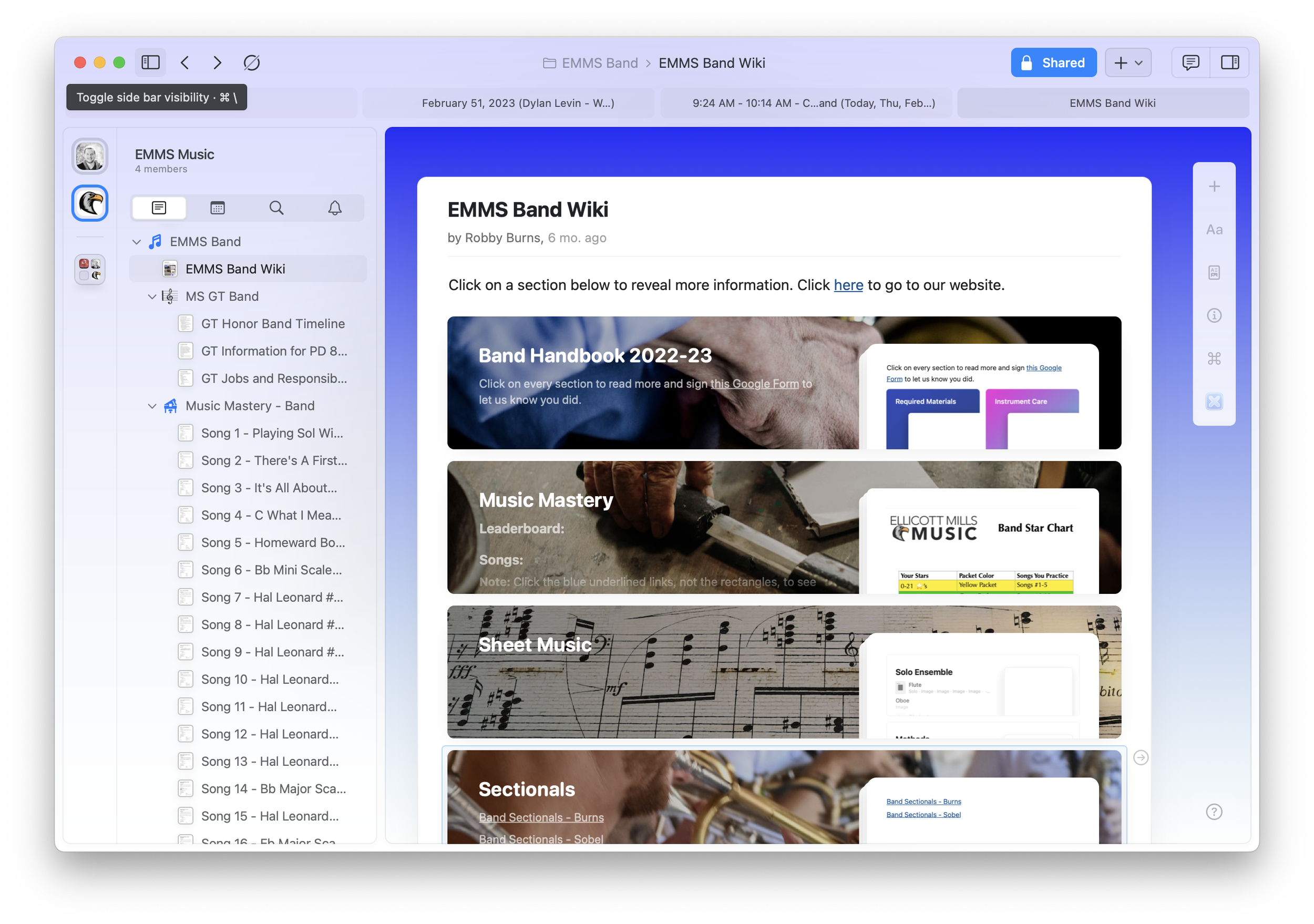This blog post from Federico Viticci over at MacStories is worth a read.
This part jumped out at me:
In bringing this back to software, it’s evident that – again, historically – Apple doesn’t believe in art as a veneer to make something “look good”. Art – whereby “art” we refer to the human care behind the design of software – is intrinsically tied to the technology that powers the computer. It’s the intersection of technology and liberal arts: skew toward one side more than the other, and you risk of losing the balance many of us like about Apple. Art in Apple’s software isn’t some secret ingredient that can just be added at the end of the process, like a spice: great design _is_ the process itself. Case in point: the Dynamic Island.
Federico argues that the iPad is not striking a balance between beautiful and useful. I agree with this point. After trying to use it like an equal counterpart to macOS in 2016-2019, I have been back to the Mac (so to speak) ever since.
The iPad makes a great digital piece of paper. And I think I am leveraging its strengths best when I use it exactly like that.


















